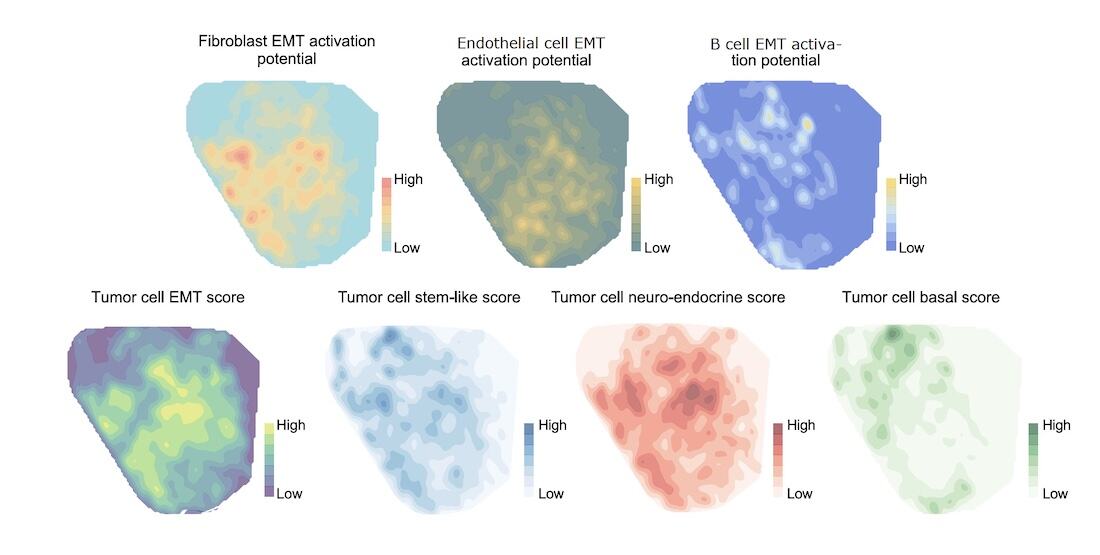THE LATEST
New model enhances our understanding of cell-to-cell communication

In a groundbreaking study published in Nature Methods, researchers at UT Southwestern Medical Center have introduced a state-of-the-art supercomputer model called Spacia. This innovative model is designed to revolutionize the detection and analysis of cell-to-cell communication (CCC). It holds significant potential to advance insights into various diseases, including cancers, autoimmune disorders, infectious diseases, and developmental abnormalities.
Cell-to-cell communication is a fundamental process vital for the function and regulation of living organisms. With Spacia, developed by the distinguished team of Dr. Tao Wang and Dr. Yang Xie, researchers possess a powerful tool to decode the complexities of CCC more effectively than ever before. By leveraging spatially resolved transcriptomics (SRT) data, Spacia offers a new approach to elucidate intricate cellular interactions that underpin biological processes and disease progression.
The pivotal aspect of Spacia lies in its utilization of multi-instance learning (MIL), a specialized technique within machine learning, to extract accurate CCC relationships from SRT data. The researchers conducted comprehensive investigations using Spacia across various contexts, yielding profound insights. For instance, in analyzing data from different cancer types, including prostate, breast, colon, skin, and lung cancers, Spacia uncovered crucial cellular interactions critical to disease progression and treatment response.
Dr. Xie emphasized the transformative potential of Spacia in translating molecular insights into clinical applications, ultimately enhancing patient care. This interdisciplinary research effort not only sheds light on hidden cellular interactions contributing to disease pathogenesis but also underscores the importance of integrating spatial and transcriptomic data to advance personalized medicine.
Furthermore, the collaborative nature of this study involving a diverse team of researchers underscores the interdisciplinary approach required to drive groundbreaking scientific discoveries. The contributions of researchers from various backgrounds, ranging from computational biology to oncology, highlight the collective effort needed to propel scientific innovation and improve patient outcomes.
As we witness the remarkable capabilities of Spacia in unraveling the complexities of cell-to-cell communication, the implications extend beyond biological research to potentially revolutionize clinical practice. The study's success underscores the critical role of advanced computational models in enhancing our understanding of cellular interactions and disease mechanisms, offering new avenues for targeted therapies and personalized treatments.
The research conducted by the UT Southwestern Medical Center team not only showcases the power of computational modeling in deciphering cellular communication networks but also underscores the importance of collaborative, multidisciplinary research in driving scientific progress. With Spacia paving the way for enhanced insights into cell-to-cell communication, the future holds promising prospects for unraveling the intricacies of disease and advancing precision medicine.
In conclusion, the introduction of Spacia represents a significant milestone in the field of computational biology and biomedical research, opening up new possibilities for understanding and targeting disease mechanisms at the cellular level. This study serves as a testament to the transformative potential of innovative technologies in advancing medical science and improving patient outcomes.
